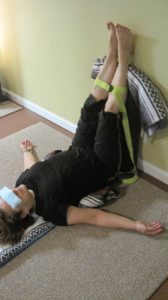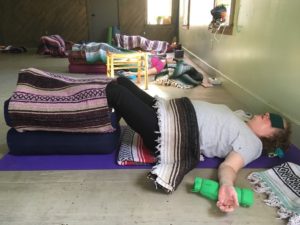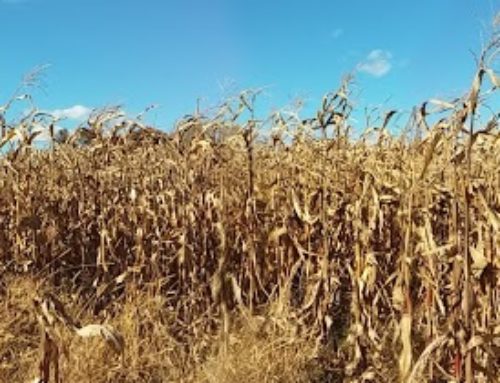Looking at my last post and realizing that over a full month has gone by. Much has happened my friends in the past month. The trip to Italy happened with the tune of “I want to go back” and happily Moyo and Kyra (our guides for the retreat) have booked it for 2020. Much more has happened as my dad fell while I was away and went to the hospital with sepsis from his liver. I came home to our family rallying around him and the news that he had lung, liver and bone cancer. He stayed with us for two more weeks and then passed peacefully in his own home with his family around him. I have nothing but joy for him that he didn’t suffer long. He remained active and alert up until his fall.
I did not know that I would be dealing with this grief this fast. What I’ve really come to discover how my beliefs of death and dying seemed to step aside as I cried for this loss. I questioned as to why, I wasn’t taking solace in my belief that his soul is making the transformation and will remain a very big part of our lives. Why was I just focusing on this loss? It dawned on me that I don’t have to rush to get through the stages of grief and let it unfold as it will. The grief may never leave but I think it may get wrapped up in a warm comforter and tucked away, coming out every so often.
Time to take care of myself…read on from my friend Shelly Prosko on true self care
Self Care: The Dark Side by Shelly Prosko
Self-care is a popular term these days. I believe the meaning has been watered-down or misinterpreted to the point that when we say ‘I’m going to take some time for some self-care’ it often implies a time-out perhaps for some solitude, rest or indulgence in something that we love or think is good for our health. But many (including myself) have experienced the dark side of this so-called ‘self-care’ movement. When self-care becomes another item on your list of things ‘to do’ or an added pressure or expectation in an unrelenting pursuit of better health, it can become the antithesis of self-care and I think we are missing the whole point of it.
To me, self-care is more of an approach; a philosophy and a dynamic process, that guides your every moment and is constantly changing. Sure, self-care may include rest, solitude, stillness, social connection, laughter, physical activity, time in nature, music, play, dance, boundary setting, a difficult and honest conversation, a fun conversation, meditation, crying, a warm hug, silence, being sad, being angry, effort or service; but these activities aren’t ‘self-care activities’, they are just activities. Self-care is about when and how you choose or allow these and how you respect your own needs during the process.
This self-care process involves awareness, attention, self-reflection, insight, courage and action.
I do believe there is one consistent feature of self-care, and it is self-compassion. Self-compassion includes having a clear non-judgemental awareness of your needs and having the courage, kindness and love to meet those needs, including asking for support when needed.
In summary, I try to think of self-care as an ongoing process of self-compassion and way of life, and not a list of activities to check off.
(And for the record, self-care (redefined) and self-compassion are not selfish; rather, they are essential so you have the inner resources available when required to care for and serve others).
Stay tuned for more on self-compassion and check out Neff & Germer’s research!
**This post has been inspired by the research, reflection and writing I’ve been doing for the upcoming textbook I am co-editing and co-authoring with Neil Pearson and Marlysa Sullivan, along with numerous contributors:
“Yoga and Science in Pain Care: Treating the Person in Pain”
Singing Dragon Publishers
Poses
Legs up the Wall with Strap
Props: 2 bolsters, 3 or more blankets, eye pillow, neck rolls
Place one bolster vertically on your mat, lay a long blanket over it horizontally and then another bolster on top of the blanket. Lay your legs on top bolster and pull one end of the blanket over tucking under your legs. Other end of blanket lays over the first layer. Add a blanket to the belly and neck pillows for under the neck and wrists. Eye pillow for the eyes.





Leave A Comment